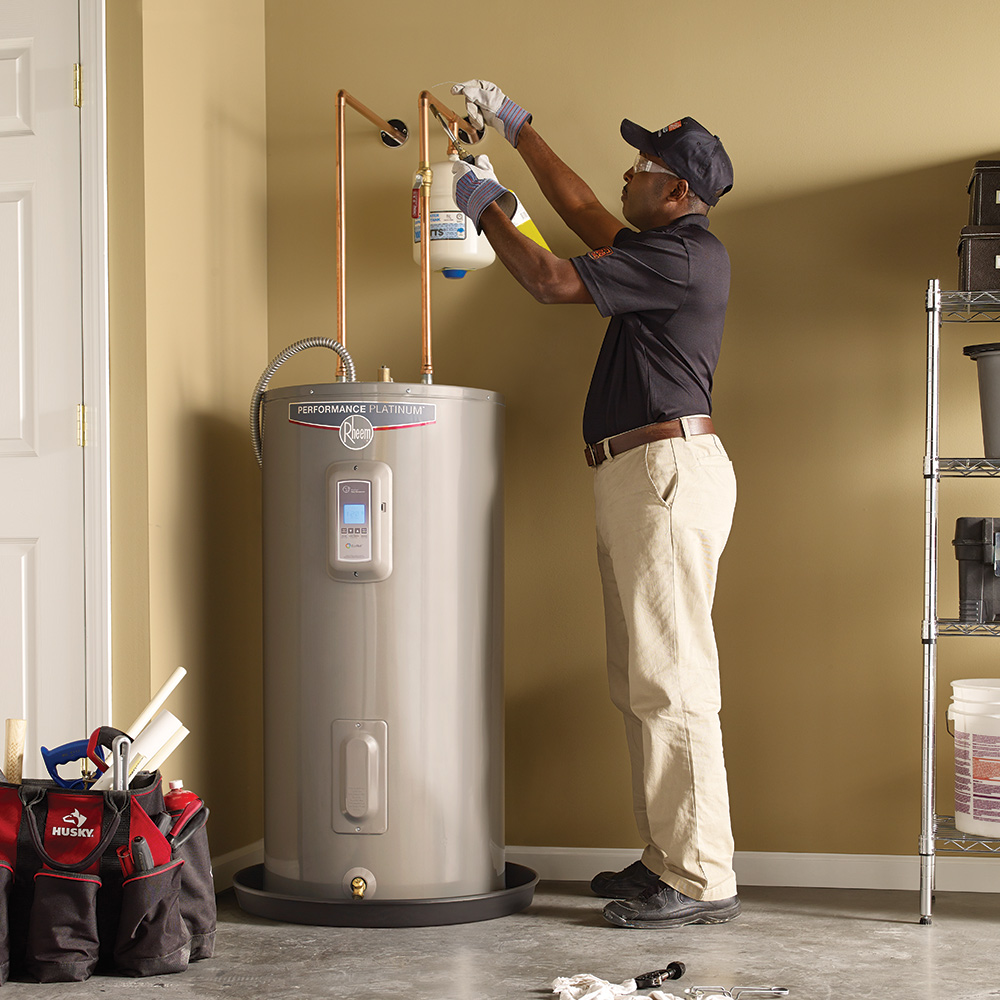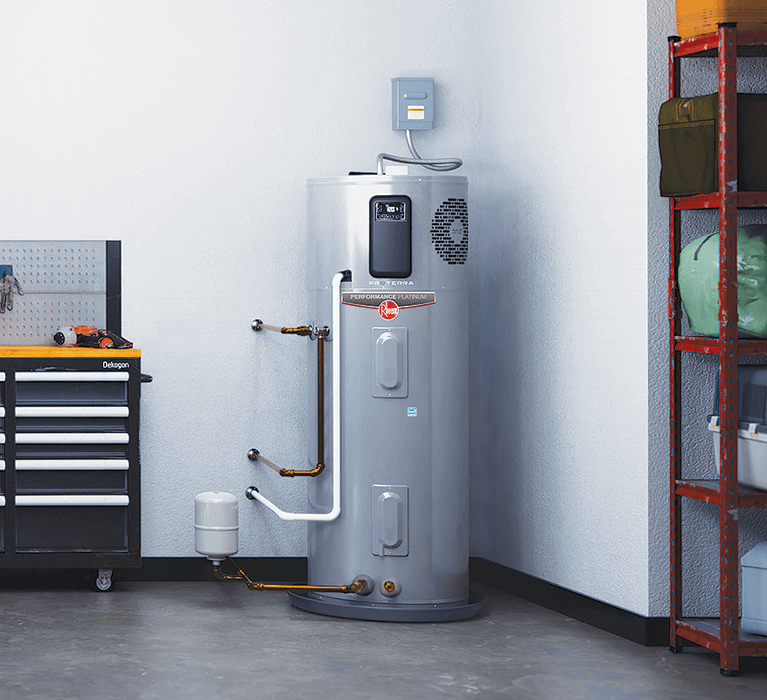Specialist Advice for Maintaining Your Home's Hot Water System
Specialist Advice for Maintaining Your Home's Hot Water System
Blog Article
How do you feel about How to Maintain Your Water Heater & Prolong its Life?

Warm water is vital for daily convenience, whether it's for a rejuvenating shower or washing recipes. To ensure your hot water system runs successfully and lasts longer, normal upkeep is essential. This post offers practical suggestions and understandings on exactly how to maintain your home's warm water system to prevent disruptions and expensive repair work.
Intro
Preserving your home's warm water system may seem complicated, however with a couple of easy steps, you can guarantee it operates efficiently for years to find. This overview covers whatever from recognizing your hot water system to do it yourself maintenance pointers and understanding when to call in expert help.
Value of Maintaining Your Hot Water System
Normal maintenance not just extends the life expectancy of your hot water system however additionally ensures it operates successfully. Overlooking upkeep can lead to reduced performance, higher power costs, and even early failure of the system.
Indications Your Warm Water System Needs Maintenance
Understanding when your warm water system needs interest can protect against major problems. Keep an eye out for signs such as irregular water temperature level, strange noises from the heating unit, or rustic water.
Purging the Water Heater
Flushing your hot water heater removes sediment accumulation, boosting effectiveness and lengthening its life.
Checking and Replacing Anode Rods
Anode poles protect against corrosion inside the storage tank. Checking and changing them when worn out is vital.
Facility Issues Requiring Expert Aid
Instances include major leaks, electrical problems, or if your water heater is regularly underperforming.
Regular Specialist Upkeep Benefits
Professional maintenance can include extensive assessments, tune-ups, and making sure conformity with safety and security criteria.
Inspecting and Adjusting Temperature Settings
Adjusting the temperature setups makes certain optimum efficiency and safety and security.
DIY Tips for Maintenance
You can perform several maintenance tasks yourself to maintain your warm water system in leading condition.
Checking for Leaks
On a regular basis check pipes and connections for leaks, as these can result in water damages and greater costs.
Recognizing Your Hot Water System
Before diving into maintenance tasks, it's useful to understand the basic elements of your hot water system. Normally, this consists of the hot water heater itself, pipelines, anode poles, and temperature controls.
Monthly Maintenance Tasks
Regular regular monthly checks can assist catch minor problems prior to they intensify.
Checking Stress Relief Valves
Evaluating the pressure relief valve guarantees it operates properly and avoids excessive pressure build-up.
Shielding Pipelines
Protecting hot water pipelines lowers warm loss and can save energy.
When to Call a Professional
While do it yourself upkeep is helpful, some problems require specialist know-how.
Final thought
Regular upkeep of your home's warm water system is vital for performance, durability, and cost financial savings. By complying with these suggestions and knowing when to look for expert help, you can make certain a reputable supply of hot water without unanticipated interruptions.
Water Heater Maintenance Tips
Test the TPR Valve
Shut off the power and the cold-water supply valve. Place a bucket under the pipe connected to the temperature-pressure-release (TPR) valve on the top or side of the tank. (This valve opens if the tank pressure gets too high.) Lift the valve’s tab to let some water out, then let go. If water keeps flowing, drain the tank partway, unscrew the old valve with a pipe wrench, and install a new one. Check the Anode Rod
Put a hose to the tank’s drain cock and let out a few gallons of water. Now fit a 1 1/16-inch socket onto the rod’s hex head on top of the heater (or under its top plate) and unscrew the rod. If it’s less than ½ inch thick or coated with calcium, buy a new one, wrap its threads with Teflon tape, put it back in the tank, and tighten securely. Use this segmented rod if headroom above the tank is limited. Drain the Tank and Wash Out Sediment
Drain the remaining water in the tank into the bucket, then stir up the sediment on the tank’s bottom by briefly opening the cold-water supply valve. Drain and repeat until clean water comes out of the hose. Close the drain cock, refill the tank, and turn its power back on. Adjust the Temperature
Find the temperature dial on the side of the tank and unscrew its cover. Adjust the dial to 120 degrees using a flathead screwdriver. For every 10 degrees the temperature is lowered, you can expect to save up to 5 percent in energy costs. Turn the water heater off or the thermostat down to its lowest setting if you plan to be away from home for more than three days. Insulate the Pipes
Buy some self-sticking 3/8-inch-thick foam pipe insulation that matches the pipes’ diameter. Slide the foam over the hot-and cold-water pipes as far as you can reach. Insulating the cold-water pipe prevents condensation in summer. Peel the tape and squeeze the insulation closed. If the pipe is 6 inches or less from the flue, cover it with 1-inch-thick unfaced fiberglass pipe wrap. https://www.thisoldhouse.com/plumbing/21016402/how-to-maintain-a-water-heater

Do you like more info about Tips For Maintaining Your Hot Water Heater? Try leaving a remark down below. We'd be delighted to listen to your feelings about this content. Hoping that you visit us again in the near future. Do you know anybody else who is sincerely interested in the niche? Be sure promote it. Many thanks for being here. Kindly come visit our blog back soon.
Call Today Report this page